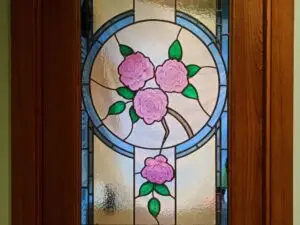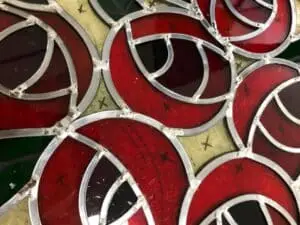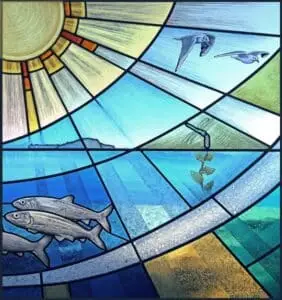The Poor Conservation of Stained Glass in Todi
This article aims to denounce the poor conservation of stained glass in Todi, and specifically of the Church of San Fortunato, a Gothic jewel of Umbria that deserves greater attention and care.
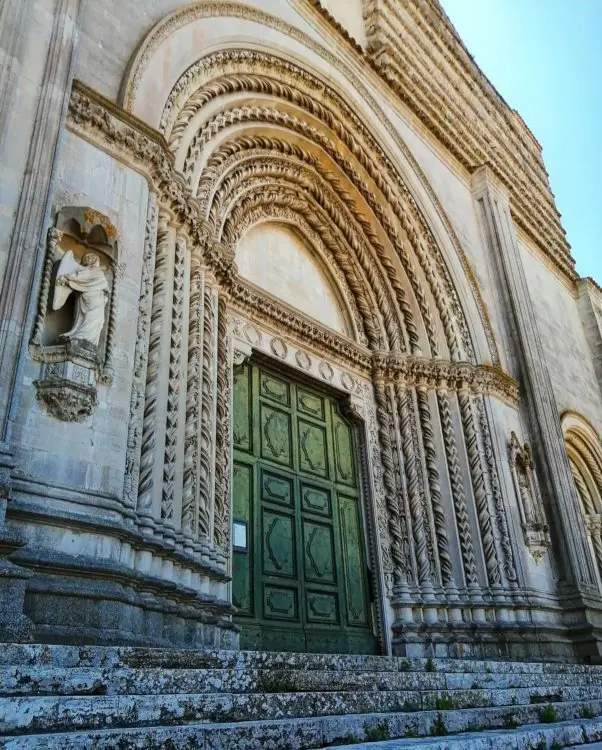
A Gothic jewel in Todi
During a day trip, I visited Todi, a charming medieval town located in Umbria aregion in central Italy, not far from Bolsena. In Piazza del Popolo, in the heart of the historic center, the Church of San Fortunato stands majestically, positioned on a hill that dominates the panorama.
This Franciscan church was built in 1292 on an ancient place of early Christian worship, as evidenced by the two marble lions of Etruscan origin placed at the entrance.
The facade, although unfinished due to the wars between Todi and the surrounding municipalities, retains the charm of the frames of the three entrances, which correspond to the internal naves. In particular, the frame of the central entrance is embellished with bas-reliefs with floral decorations and figures depicting saints and biblical prophets.
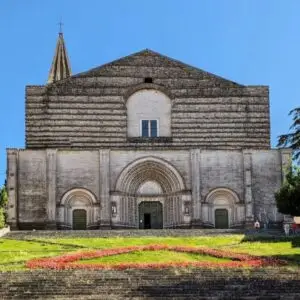
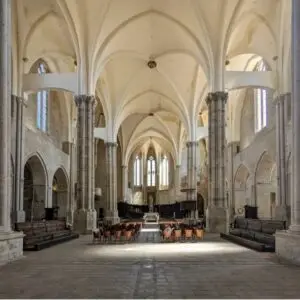
A worrying state of abandonment
With great regret, I have found that this extraordinary church is in precarious conditions. Water infiltrations are visible on the ceiling of the right nave, but what is most striking is the serious poor conservation of the stained glass windows.
The stained glass windows of the façade
The main stained glass window of the façade, made with transparent blown glass, shows evident deterioration of the lead, with fractured glass and in some places completely missing.

The stained glass windows of the apse
The stained glass windows of the apse, composed of blown glass roundles (spun roundels) and painted grisaille decorations of rare elegance, are in even worse condition. Both show broken roundels, but in the left window a significant part of the central decoration is completely missing, leaving room for the entry of rainwater and maybe even pigeons.

Urgent Action is Required
The current situation demands urgent intervention to prevent further damage. The deterioration of the lead, exacerbated by water infiltration, risks causing sections of the stained glass windows to collapse, leading to the loss of original elements that would inevitably need to be replaced with replicas.
To ensure long-term preservation, the stained glass windows should be:
- Protected externally with laminated glass.
- Ideally enclosed within double glazing to enhance insulation and protection from weather conditions.
Conclusion
The Church of San Fortunato represents a heritage of immeasurable historical and artistic value. It is crucial to raise awareness among institutions and the community to promptly undertake the necessary restoration work, thereby safeguarding this extraordinary testament to the past.
In stark contrast, the stained glass windows of one of Italy’s most important monasteries, located in my hometown of Pavia, are in a much better state of preservation. If you are passionate about art and history, don’t miss our detailed feature on the medieval stained glass windows of the Certosa di Pavia.



